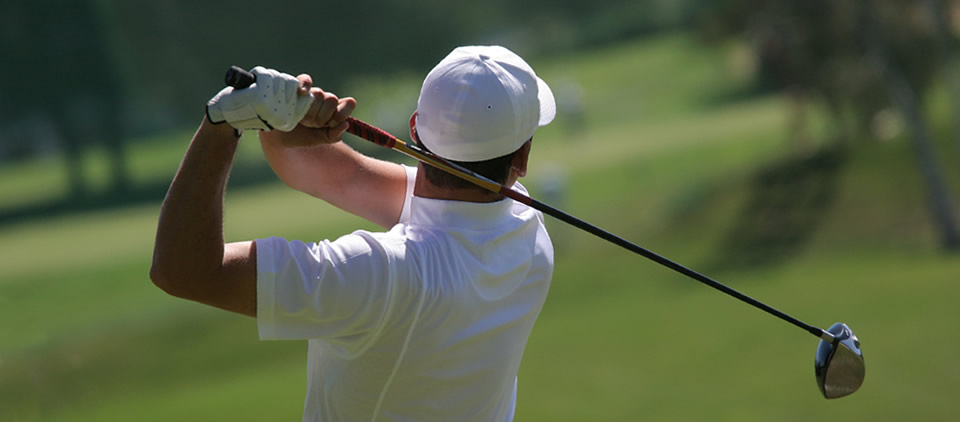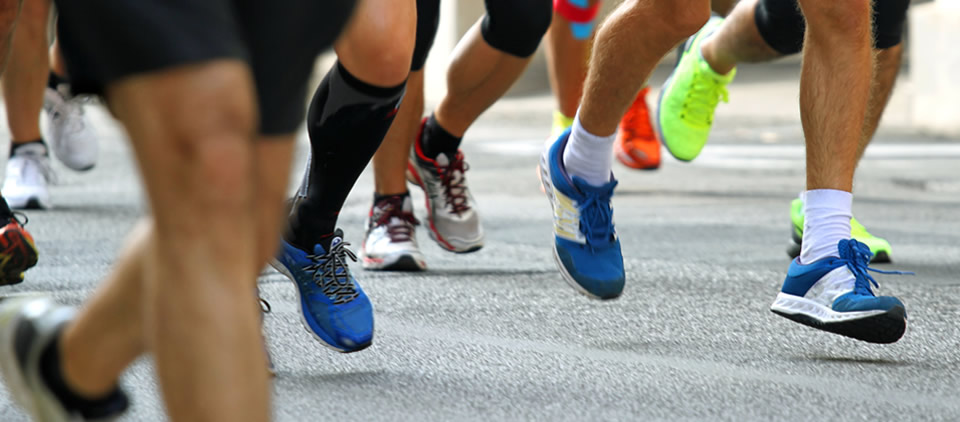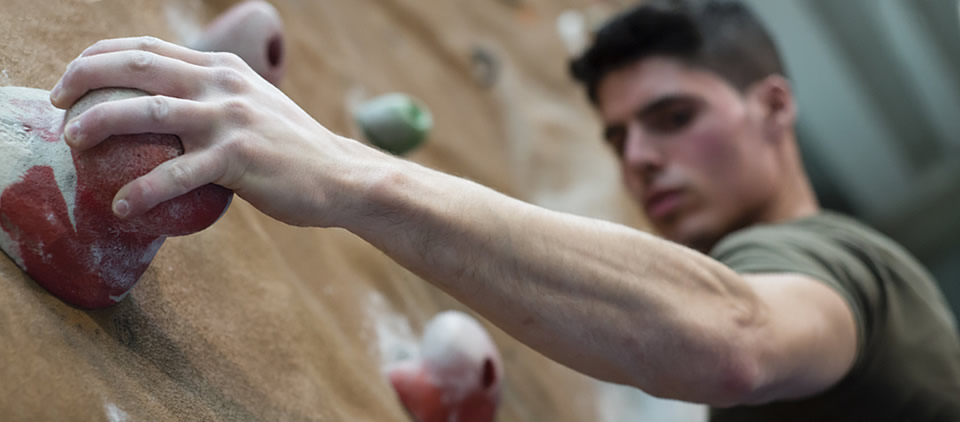Subacromial Impingement
A common condition affecting the shoulder joint is subacromial impingement. This condition is also known as subacromial bursitis, rotator cuff impingement, or purely shoulder impingement.
Causes
A bursa lies above the tendon of the supraspinatus muscle, acting as a cushion to protect it from the overlying acromion bone and allow friction free movement of the tendon with the arm being elevated above shoulder height.
Subacromial impingement is an inflammation of this subacromial bursa, which is impinged between the suprapsinatus tendon and the acromion leading to pain.
There are numerous theories about the cause of subacromial impingement. These include
The shape of the acromion. One theory is some individuals acromion's are more hook shaped then others and this is then a risk factor for impingment.
Injury to the supraspinatus muscle. Small recurrent microscopic tears in the supraspinatus tendon causes an inflammatory reaction with associated inflammation of the subacromial bursa.
Activity related. Sports or occupations involving a large amount of overhead work are associated with subacromial bursitis.
Signs and symptoms
The typical signs and symptoms of subacromial impingement include:
- Pain in the shoulder on elevating the arm out from the side of the body over 90 degrees (the classic 'painful arc')
- Pain at night, with difficulty sleeping on the affected shoulder
Altered scapula-thoracic movement. To compensate for the pain caused when the shoulder joint is abducted above 90 degrees, in some patients the shoulder blade will rotate more than usual to reduce the irritation of the subacromial bursa. This results in the trapezius and rhomboid muscles working harder than usual and can cause secondary pain in these muscles around the shoulder blade and numerous trigger points in the muscles.
Diagnosis
A clinical history and examination including specific tests for subacromial bursitis (Hawkins test, painful arc assessment) will be performed by your doctor.
Radiographs are normally performed. In some patients a more hook like appearance may be seen, a bony spur may be identified projecting from the acromion.
The radiograph can also exclude an os acromiale- which is the persistence of one of the ossification centres of the acromion (from birth bone originates as cartilage from ossification centres, these ossification centres will normally become bone themselves and fuse with the surrounding bone). This can be a source of pain.
Ultrasound is a very useful diagnostic test for subacromial bursitis, as it can be performed dynamically, i.e. the shoulder joint can be moved and the bursa and rotator cuff visualised during movement. The bursa may also be injected at that time as a treatment option.
MRI may be performed in cases of possible associated rotator cuff tears (or if confirmed on ultrasound) and in cases of recurrent subacromial bursitis after previous treatment.
Treatment
The majority of cases of confirmed, isolated subacromial bursitis can be treated non-surgically with physiotherapy and a course of ultrasound guided corticosteroid injections.
Physiotherapy will normally focus on stabilising the scapula and improving the scapulothoracic rhythm. Core stability is important in overall posture.
A course of two or three ultrasound guided injections are performed, normally with six week intervals between each injection.
Up to 90% of patients can be treated successfully with these non surgical treatments.
Surgical treatment is reserved for those patients in whom non surgical treatment fails, or in those who have recurrent episodes of bursitis after initial successful non surgical treatment.
Arthroscopic subacromial decompression is a keyhole surgery used to removed the inflamed subacromial bursa.
This surgery is normally performed as a day case surgery. It may be performed under regional anaesthesia or general anaesthesia.


